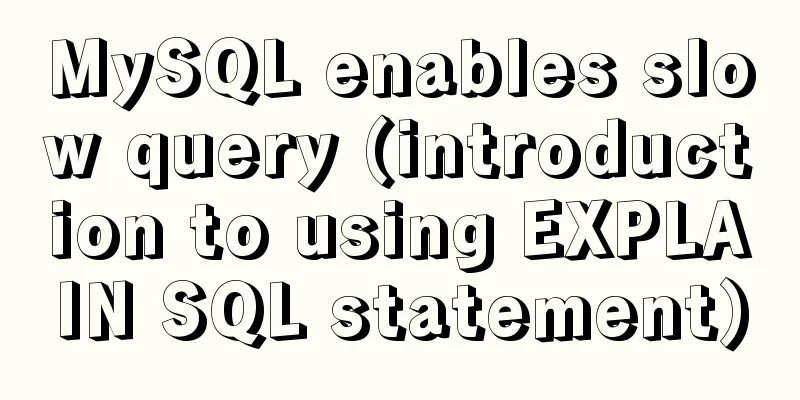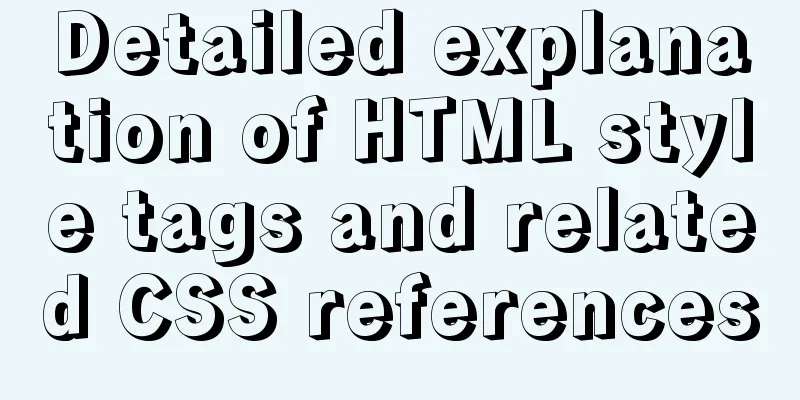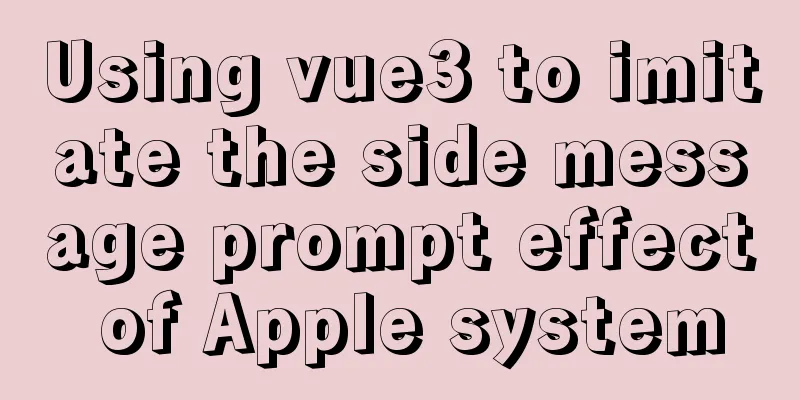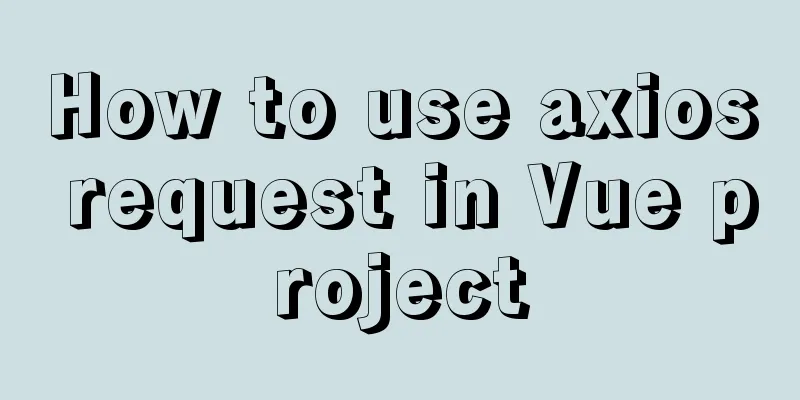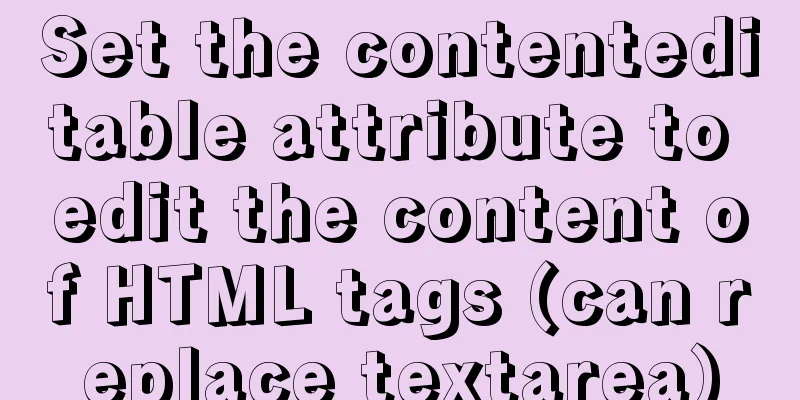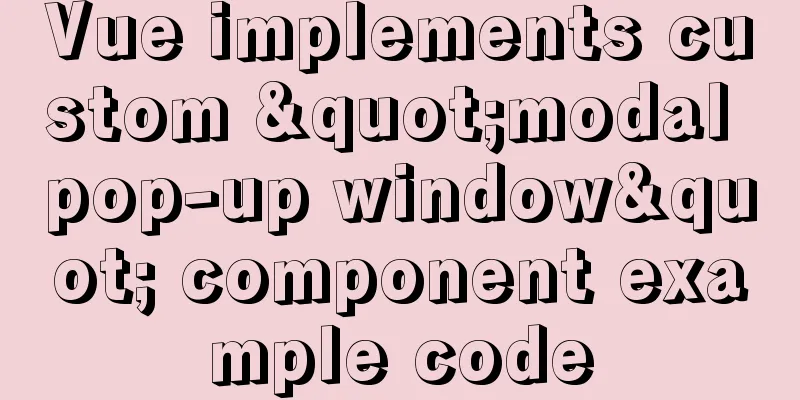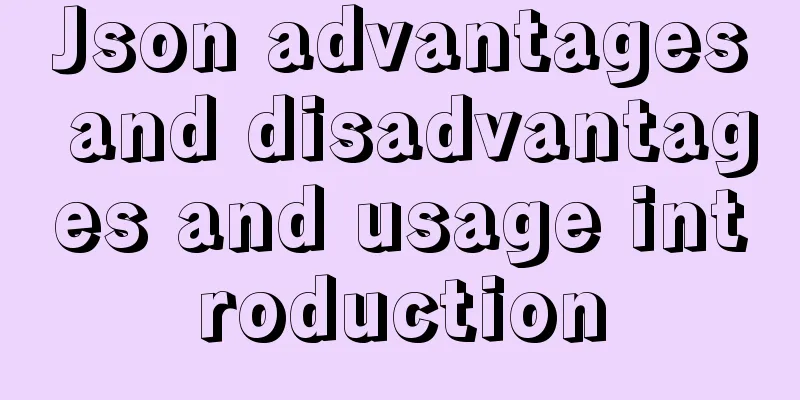XHTML Web Page Tutorial

|
This article is mainly to let beginners understand some basic knowledge of XHTML and some differences between it and HTML. I hope it will be helpful to beginners. This article is mainly to let beginners understand some basic knowledge of XHTML and some differences between it and HTML. I hope it will be helpful to beginners. HTML language is the tool we use to build web pages. From its appearance to the present, its standards have been continuously improved and its functions have become increasingly powerful. However, there are still defects and shortcomings, and people are still constantly improving it to make it more controllable and flexible to adapt to the ever-changing application needs on the Internet. At the end of 2000, the international W3C (World Wide Web Consortium) organization announced the release of XHTML 1.0 version. What is the difference between XHTML and HTML and XML, and what new features does it add? Let us take a preliminary look at XHTML today. XHTML 1.0 is a new language that is optimized and improved based on HTML 4.0, with the purpose of being based on XML applications. XHTML is an enhanced HTML, and its extensibility and flexibility will meet more requirements of future network applications. Below are some frequently asked basic questions about XHTML answered by Steven Pemberton, chair of the W3C's HTML working group. Q: What is XHTML? A: XHTML is a reformulated HTML to accommodate XML. As XML became more and more of a trend, a question arose: If we have XML, do we still need HTML? In order to answer this question, we held a two-day working meeting in San Francisco in May 1998. The conclusion of the meeting was: yes. We still need to use HTML. Because a large number of people are already accustomed to using HTML as their design language, and there are already millions of web pages written in HTML. Q: Why was XHTML 1.0 developed independently of HTML 4.0? Answer: That’s not the case. XHTML is precisely a reorganization of HTML 4.0. (To be precise, it is HTML 4.01, a revised version of HTML 4.0, but it is released as XHTML 1.0.) There are some necessary differences in their interpretation in XML, but on the other hand, they are still very similar, and we can regard the work on XHTML as a continuation of HTML 4.0. Q: How does XHTML 1.0 implement the XML standard? Answer: XHTML is an XML application. It uses XML's DTD file format definition and runs on systems that support XML. Thanks to the Namespaces feature of XML, browser manufacturers no longer need to create new private tags. They only need to include XML code snippets in XHTML code, or include XHTML code snippets in XML code. Q: What is the main advantage of XHTML 1.0? Answer: XML is the trend of web development, so people are eager to join the XML trend. Using XHTML 1.0, as long as you are careful to follow some simple rules, you can design pages that are suitable for both XML systems and most current HTML browsers. This means that you can design using XML right away, without having to wait until people are using XML-enabled browsers. This guideline will allow a smooth transition to XML for the web. Another advantage of using XHTML is that it is very tight. The current poor situation of HTML on the Internet is shocking. Early browsers accepted private HTML tags, so after the page was designed, people had to use various browsers to test the page to see if it was compatible. There were often many inexplicable differences, and people had to modify the design to adapt to different browsers. With XML we can re-establish a system where browser manufacturers unite to adopt "strict error protection standards" where the browser refuses to display a page if the XML code is incompatible, so that every error must be corrected before the design is released. Q: With XHTML, do web designers run into the same browser compatibility issues as with HTML? A: I hope not. "Strict error prevention standards" will help browsers respond to code in the same way, and XML's namespaces feature allows you to add your own new tags without requiring special browser support. Now all we need to ensure is that all browser developers are consistent and fully comply with the CSS we define. Write to your browser manufacturer and tell them what CSS specs you need, and you can even test whether the browser obeys your design. Q: Is it difficult to learn XHTML? Answer: Not at all! Q: Who can design using XHTML 1.0? A: Because XHTML is very simple and easy to implement, anyone who can use HTML can easily use XHTML. As more and more people use XML browsers, more jobs will be proposed to use XML, and then perhaps all of them will use XHTML. Q: When will XHTML websites become common? Answer: Good question. I have seen some websites built using XHTML even before XHTML 1.0 was released. I believe it will have a big development because it is so easy. Q: How can we convert existing HTML to XHTML? A: It's very simple because they are very similar. There is an open-source software called HTML Tidy on the W3C (www.w3c.org) website that can help you convert directly. Q: What is the future of XHTML? A: XHTML1.0 is just the first step of this new HTML language. The new version will not be constrained by backward compatibility with old browsers and will have more room for development. First, we will do a thorough cleanup, removing elements that are incompatible with HTML 4.0. Second, we modularize XHTML to allow people to use XHTML modules (such as tables) in XML applications, reducing duplication of development. It also allows special purpose designs, such as phone applications, to remain compatible as long as they are a subset of XHTML, and people can create their own HTML. Finally, in terms of addressing needs, we will develop more forms capabilities to allow more detection to be performed on the client side and reduce network information transmission between the client and the server. In short, more exciting features will be realized. |
<<: A brief discussion of several browser compatibility issues encountered
Recommend
10 HTML table-related tags
In fact many people will say “I’ve seen that table...
Detailed explanation of Vue components
<body> <div id="root"> <...
Solution to the conflict between Linux kernel and SVN versions
Phenomenon The system could compile the Linux sys...
Detailed explanation of Nginx Location configuration (Location matching order)
Location means "positioning", which is ...
15 JavaScript functions worth collecting
Table of contents 1. Reverse the numbers 2. Get t...
Detailed explanation of the principle and function of JavaScript closure
Table of contents Introduction Uses of closures C...
VMware Workstation Installation (Linux Kernel) Kylin Graphic Tutorial
This article shares with you how to install Kylin...
Steps to create your own YUM repository
To put it simply, the IP of the virtual machine u...
The process of building lamp architecture through docker container
Table of contents 1. Pull the centos image 2. Bui...
Detailed steps for installing and configuring mysql 5.6.21
1. Overview MySQL version: 5.6.21 Download addres...
Detailed explanation of MySQL information_schema database
1. Overview The information_schema database is th...
A brief discussion on the comparison of varchar, char and text in postgresql database
As shown below: name describe character varying(n...
Detailed steps for setting up a nexus server
1. The significance of building nexus service As ...
Vue realizes dynamic progress bar effect
This article example shares the specific code of ...
Detailed explanation of several ways to create objects and object methods in js
This article is the second article about objects ...
